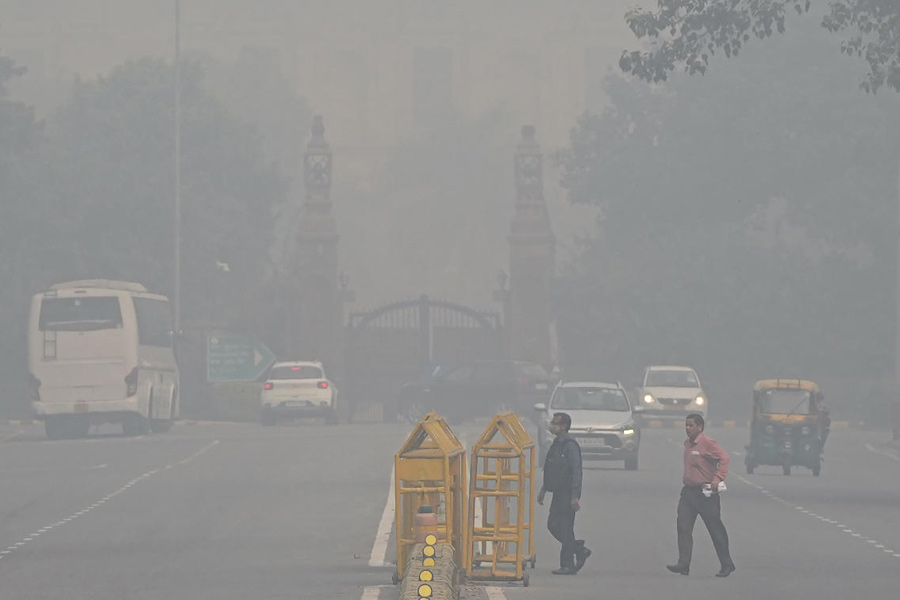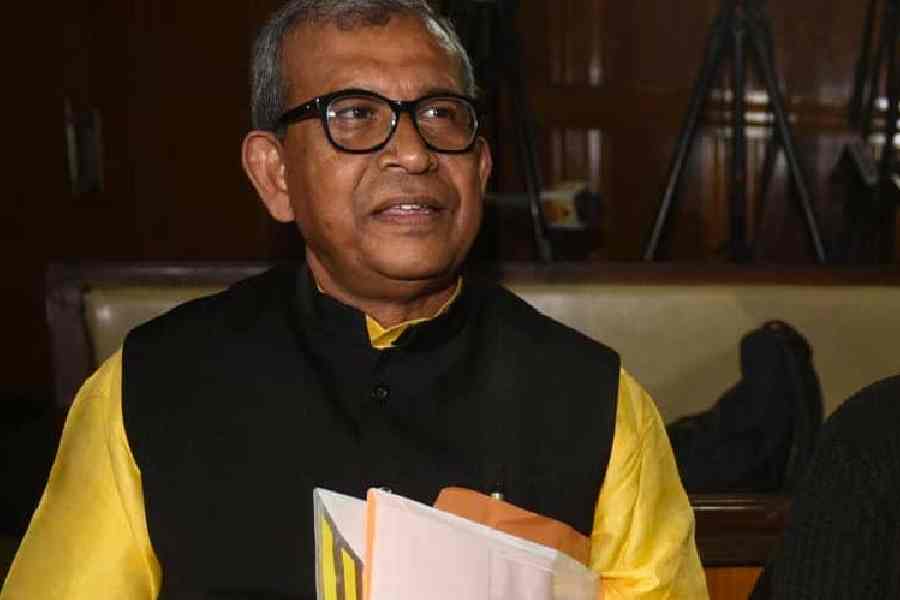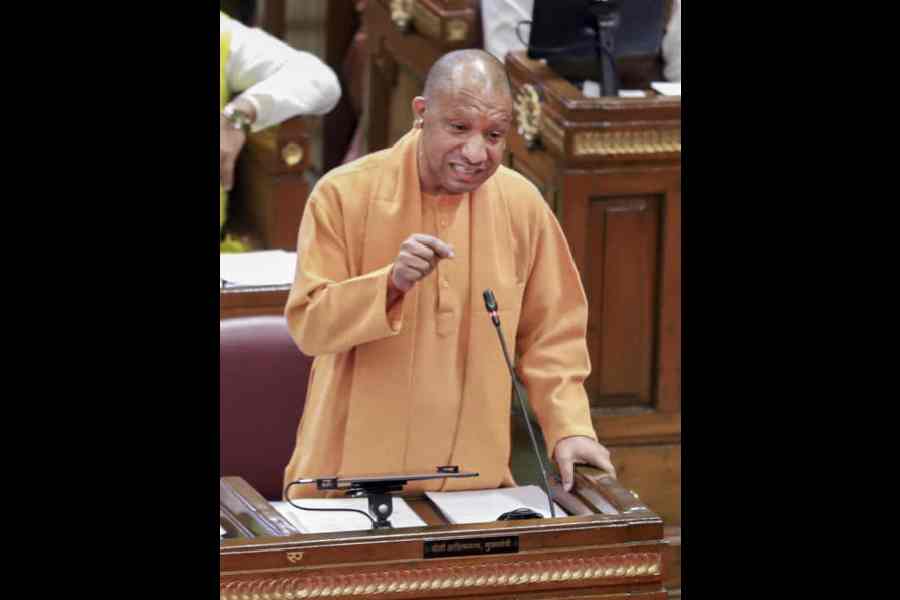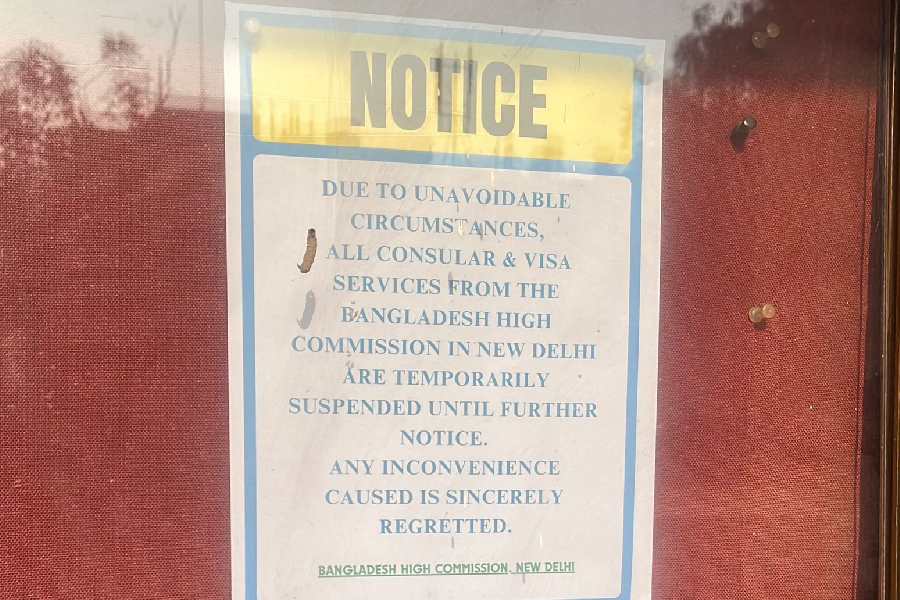Air pollution is contributing to premature deaths in multiple cities across the country even at average annual concentrations of tiny pollutant particles below India’s adopted safe limit, researchers have cautioned in a study released on Wednesday.
The country’s first 10-city assessment of how short-term air pollution exposure might impact mortality has estimated 12,000 premature deaths attributed to unhealthy air each year in Delhi, followed by 5,100 such deaths in Mumbai and 4,700 in Calcutta.
Even Shimla — a hill station with much cleaner air than in cities in the plains — had 59 premature deaths each year attributed to air pollution, according to the study published on Wednesday in the research journal Lancet Planetary Health.
The findings underscore the need for Indian authorities to revise the existing air pollution limit and expand the list of cities that need to clean up their air, the researchers from India, Sweden, and the US who conducted the study have said.
“The risk of premature mortality is high even in cities where air pollution levels are within Indian standards, but above World Health Organisation recommended standards,” said Poornima Prabhakaran, director of the Centre for Health Analytics and Research Trends, Ashoka University, who led the study.
India’s National Ambient Air Quality Standards (NAAQS) set a limit of 40 microgrammes per cubic metre as the threshold for tiny particulate matter smaller than 2.5 microns (PM2.5), more than double the 15 microgrammes per cubic metre value in the WHO guideline.
The Union environment ministry in the past has said the WHO guideline is intended as guidance to policymakers and is “not legally binding”. The ministry has also said the NAAQS values are periodically revised taking into account advances in air pollution monitoring and assessments of health impacts.
The results of the new 10-city study show that the current NAAQS value for PM2.5 is higher than it should be as significant effects on mortality are visible well below the current value of daily exposure to 60 microgrammes per cubic metre and average annual exposure to 40 microgrammes per cubic metre.
In five of the 10 cities assessed, the average annual PM2.5 levels over the study period of 2008-2019 were lower than India’s NAAQs limit of 40 microgrammes per cubic metre — Ahmedabad (38), Chennai (34), Bangalore (33), Hyderabad (39),
and Shimla (28).
But air pollution even at these levels contributed to premature deaths every year in each city.
The environment ministry under the National Clean Air Programme channels funds to 131 so-called “non-attainment” cities where air pollution levels — such as PM2.5 concentrations — have exceeded the NAAQS values for five years to combat
air pollution.
“Air pollution in India has often been perceived as focused along the Indo-Gangetic plains,” said Bhargav Krishna, co-founder and fellow at the Sustainable Futures Collaborative, a research entity engaged in climate change, energy, and environment policy and study team member. “Our results show air pollution is a nationwide challenge and the list of so-called non-attainment cities will need to expand,” he said.
For the study, researchers from India, Sweden and the US analysed data from city death registries over periods ranging from three to seven years between 2008 and 2019.










